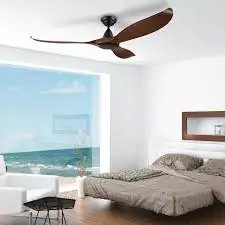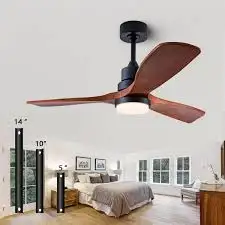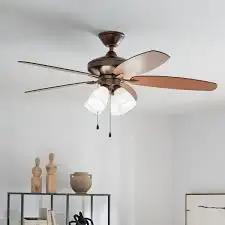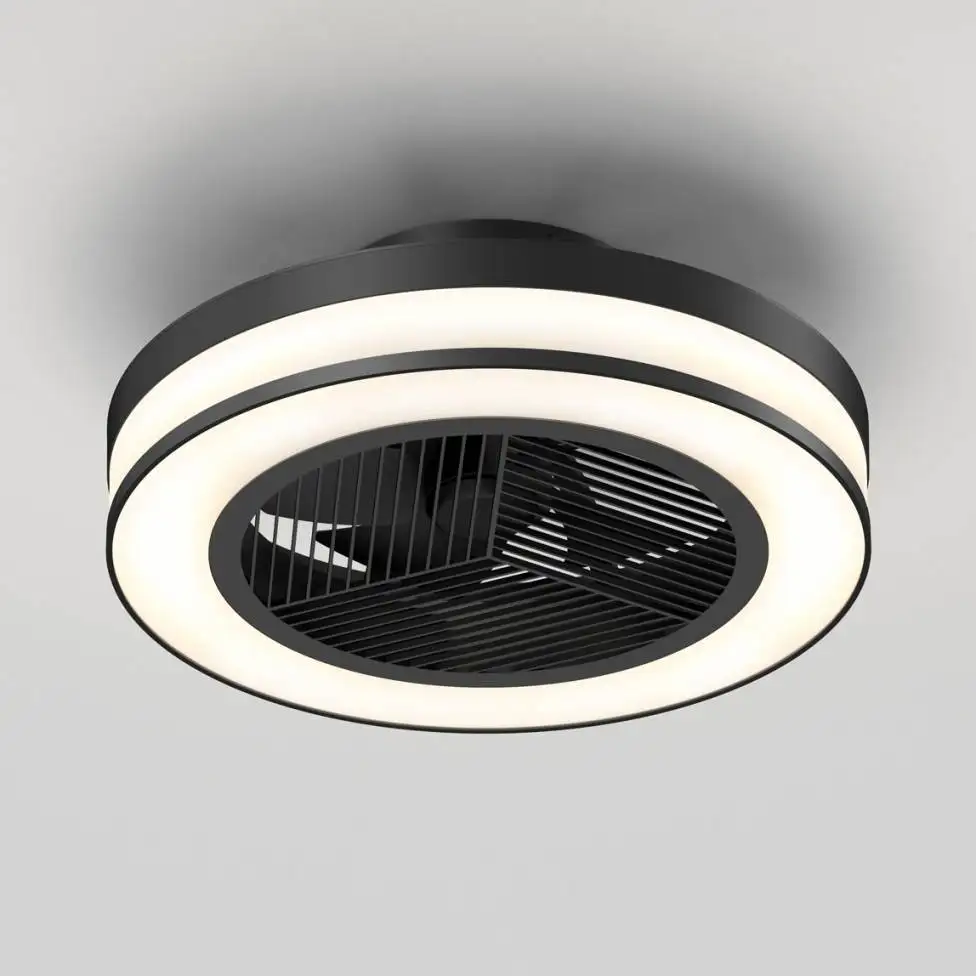quạt trần phòng ăn

Ceiling fans serve as a functional yet stylish addition to dining spaces, enhancing ambiance and comfort. They can be particularly useful during warm months, providing a gentle breeze that keeps diners cool and comfortable. Additionally, the visual appeal of a well-chosen ceiling fan can elevate the overall decor of your dining room, turning a simple meal into a delightful experience. The right ceiling fan can also improve air circulation in the room, ensuring that aromas from delicious dishes circulate evenly, tantalizing the senses and making mealtime even more enjoyable. Consider different styles, such as rustic, modern, or elegant, to complement your dining table and decor. When selecting a ceiling fan for your dining room, several factors should be taken into account to ensure you choose the ideal model for your needs. First, consider the size of your dining space. A larger room may require a fan with a larger diameter to effectively circulate air. In contrast, a smaller dining area may benefit from a compact design. Moreover, the height of your ceilings also plays a critical role; for low ceilings, you might want to select a flush mount fan, while higher ceilings may accommodate a fan with a downrod for enhanced airflow. The aesthetic of your ceiling fan is just as important as its functionality. A fan's finish, blade style, and motor design should harmonize with your existing decor. For a traditional dining room, opt for a classic design with wooden blades and an antique finish. For a contemporary space, sleek metal finishes and modern blade designs can create a stylish focal point. It is essential to choose a fan that not only complements your dining furniture but also serves as an eye-catching feature in the room. Another important factor when considering a ceiling fan for your dining room is its energy efficiency. Many modern ceiling fans come equipped with variable speed settings, allowing you to adjust the airflow to your liking. Some fans even feature smart technology, letting you control them via smartphone apps or compatible smart home systems. Energy-efficient fans can significantly reduce energy consumption, saving you money on your electricity bill while providing optimal comfort to your dining area. Check for fans with an ENERGY STAR rating for guaranteed efficiency. Maintaining your ceiling fan is essential to ensure it operates efficiently and lasts for many years. Dust and debris can accumulate on the blades, negatively impacting performance and air quality. To keep your fan clean, dust it regularly with a microfiber cloth. For a deeper clean, consider using a damp cloth to wipe down blades and the motor casing. Removing the dust ensures that the fan operates at optimal efficiency and does not circulate allergens and dust throughout your dining area. Regular cleaning not only enhances performance but also maintains the aesthetic appeal of the fan. Alongside cleaning, periodic inspections of your ceiling fan can help identify any potential issues before they escalate. Check for loose screws or connections, which can create noise during operation or lead to a decrease in performance. Additionally, inspect the fan blades for any signs of wear or warping that could affect balance. Addressing these minor issues promptly can prolong the lifespan of your ceiling fan. If you encounter persistent problems with your ceiling fan, it might be time to call a professional. Issues that involve electrical components or complex mechanical parts should be handled by someone trained to do so. Regular professional maintenance can ensure that your ceiling fan continues to operate smoothly and efficiently over the long term. Ceiling fans often come with a reversible motor, allowing you to alter the direction of the blades. In the summer, the fan should rotate counterclockwise to create a cooling breeze that pulls air up and down, making your dining experience comfortable during hot days. Conversely, during the winter months, the fan should run clockwise to push warm air down from the ceiling, helping to maintain a cozy atmosphere. Adjusting your fan according to seasonal needs is a simple way to maximize its utility throughout the year. The ideal size of a ceiling fan depends on the dimensions of your dining room. For rooms up to 75 square feet, a fan with a blade span of 36 to 42 inches is recommended. For larger dining spaces, choose a fan with a diameter of 52 inches or more to ensure adequate airflow. Yes, ceiling fans can significantly enhance temperature control in your dining room. They create a wind-chill effect, which makes the room feel cooler in summer and can redistribute warm air in winter when run in reverse, promoting better temperature regulation year-round. It is advisable to clean your ceiling fan at least once a month, particularly during the warmer months when it is used frequently. Regular cleaning prevents dust accumulation, improves efficiency, and enhances the air quality in your dining space.Transform Your Dining Experience with the Perfect Ceiling Fan
The Role of Ceiling Fans in Dining Spaces
Choosing the Right Ceiling Fan for Your Dining Room
Style and Design Considerations
Energy Efficiency and Performance
Maintenance Tips for Ceiling Fans
Regular Cleaning Practices
Periodic Inspections
Professional Servicing
Seasonal Adjustments
FAQs about Dining Room Ceiling Fans
What size ceiling fan is best for my dining room?
Can a ceiling fan really help with temperature control?
How often should I clean my ceiling fan?





